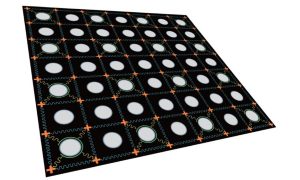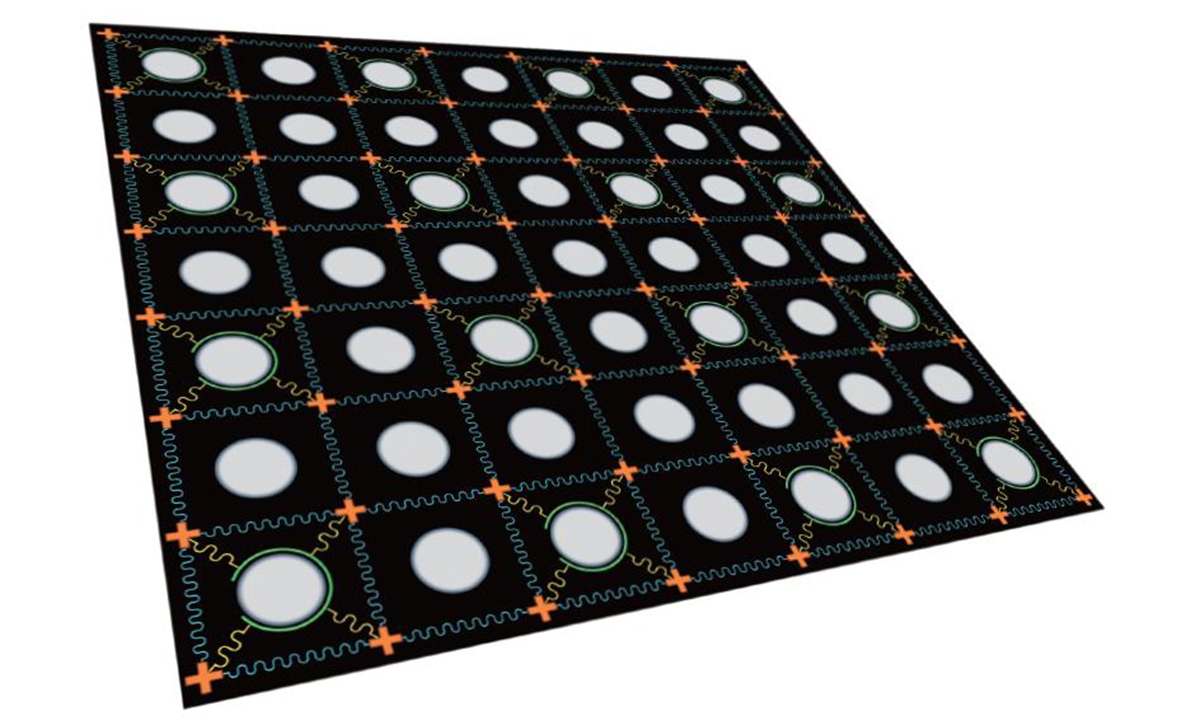
A team of Chinese scientists have developed a quantum superconducting computer with reportedly the world’s largest number of superconducting qubits, according to a paper published in a leading scientific journal.
The team from the University of Science and Technology of China (USTC) designed the programmable 62-qubit superconducting quantum computer and performed two-dimensional programmable quantum walks on the system.
“Our work is an essential milestone in the field, brings future larger scale quantum applications closer to realization on these noisy intermediate-scale quantum processors,” the researchers report.
The team published their results in Science Magazine on Friday.

According to the paper, the computer is an 8×8 two-dimensional square superconducting qubit device with 62 functional qubits.
Superconducting quantum computers are considered one of the main candidates in the search for practical quantum computers. In the design, the quantum state is manipulated by using electromagnetic pulses to control the magnetic flux, the electric charge or the phase difference across a Josephson junction.
Superconducting qubits offer several advantages and disadvantages.
On the plus side, they have, for example, fast gate times, meaning similar computations can be performed much more quickly than on other qubits. This is important since useful computations will likely have millions of logical gates, or operations.
On the other hand, superconducting qubits have fast decoherence times, making their memory very short lived and requiring more error correcting qubits. Since superconducting qubits can normally only interact with the handful of qubits next to them on the device, the device needs extra operations to perform most algorithms. Superconducting qubit designs are extremely complex and operate in ultra-cold environments, making them so difficult and expensive to construct and maintain that experts have doubts about prospects of the design’s scalability.
The quantum walks will be an important direction of subsequent development and have potential applications in quantum search algorithms, general quantum computing and other fields, according to a statement from the USTC.
The team named their device, “Zu Chongzhi,” after a fifth century Chinese mathematician and astronomer. He calculated pi between 3.1415926 and 3.1415927, a calculation that stood for 800 years.
For more market insights, check out our latest quantum computing news here.

















